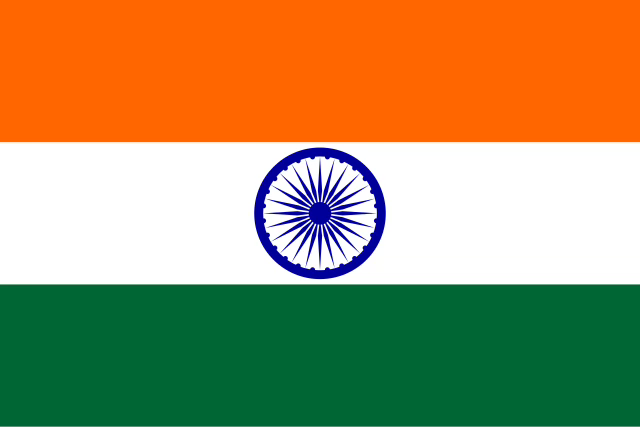Should Gabbard Beware India's Spies?
New Delhi's intel operatives in North America and their potential U.S. targets
Keep reading with a 7-day free trial
Subscribe to The Island Intelligencer to keep reading this post and get 7 days of free access to the full post archives.





